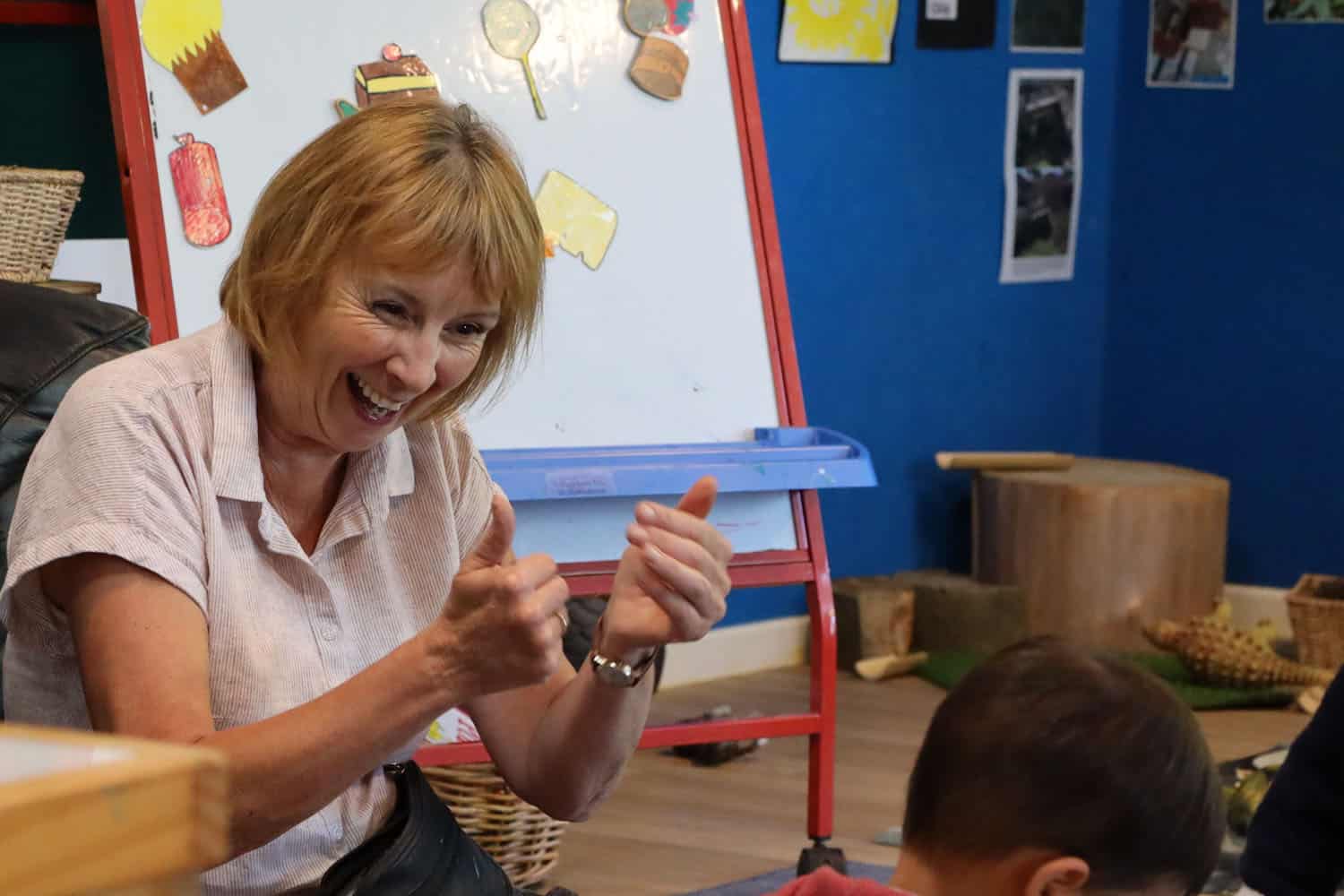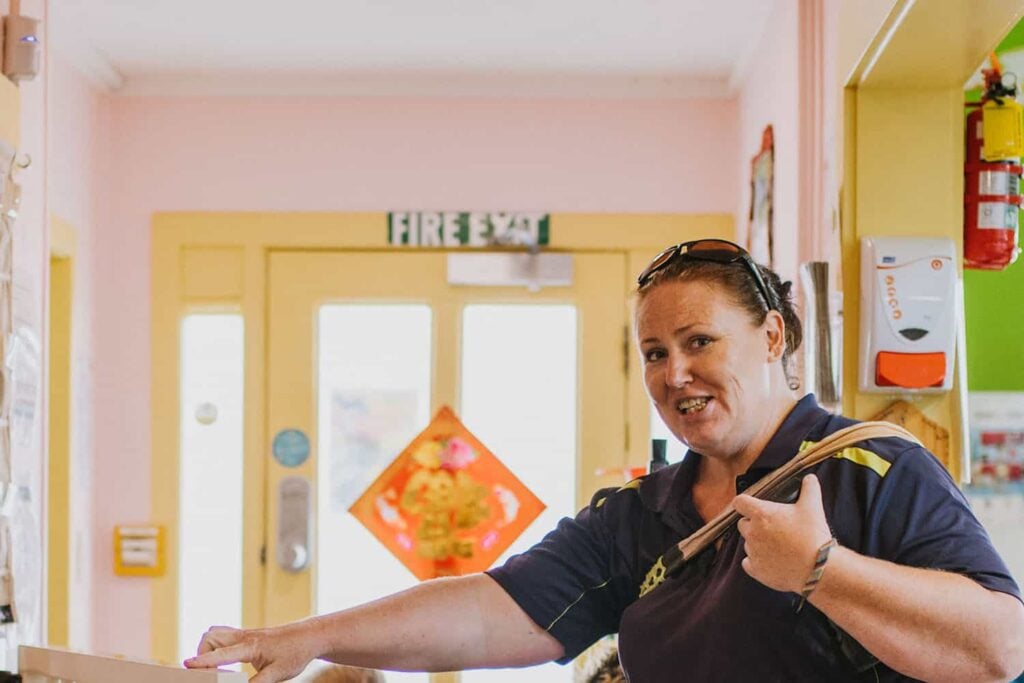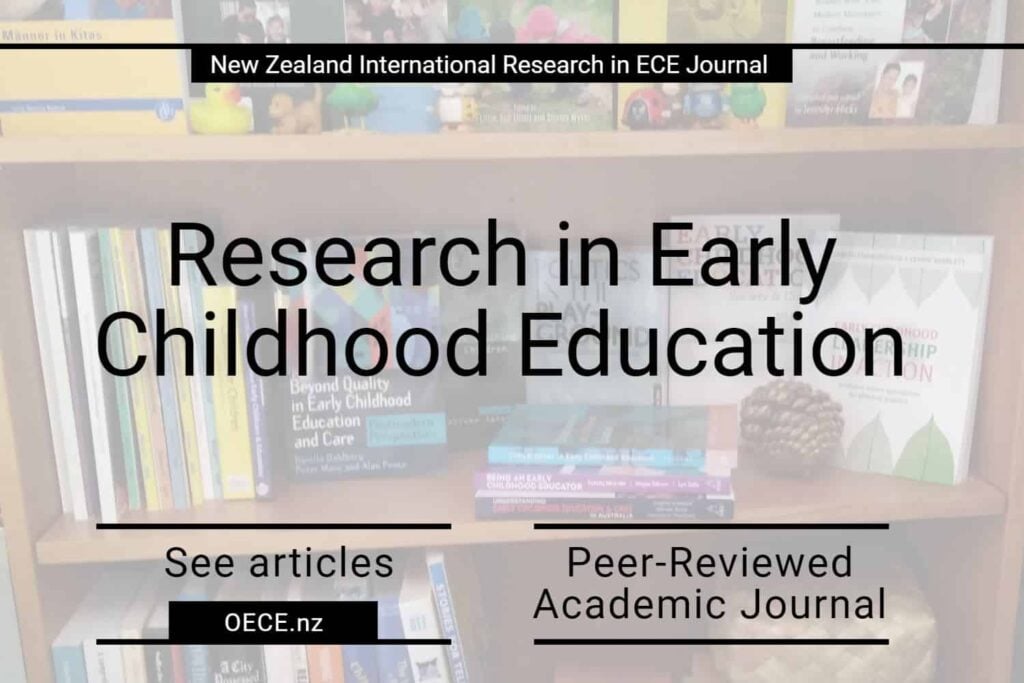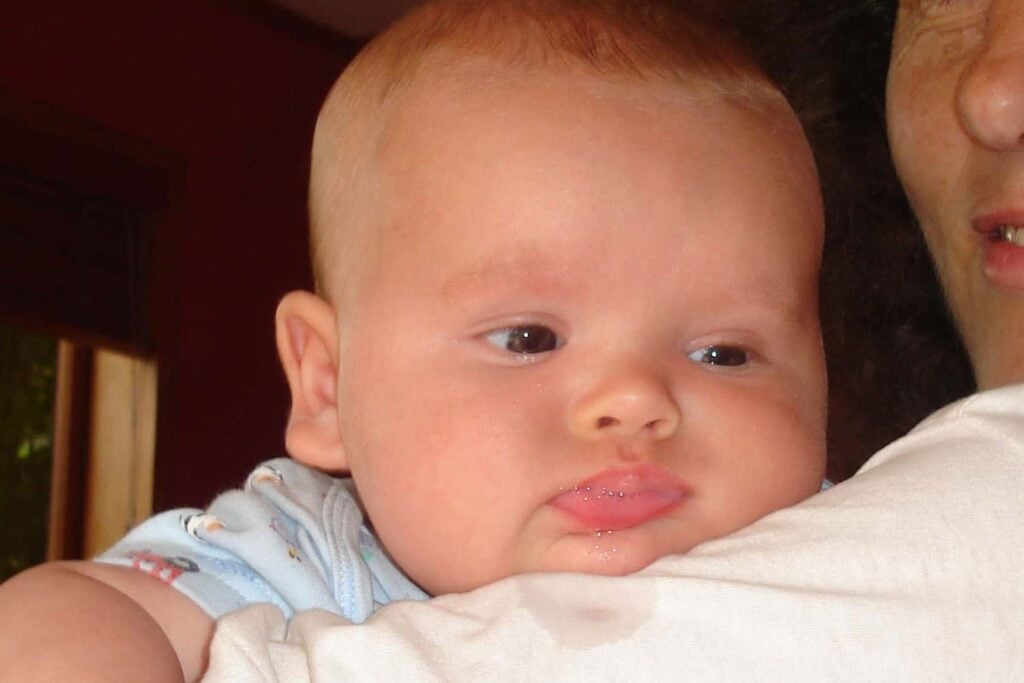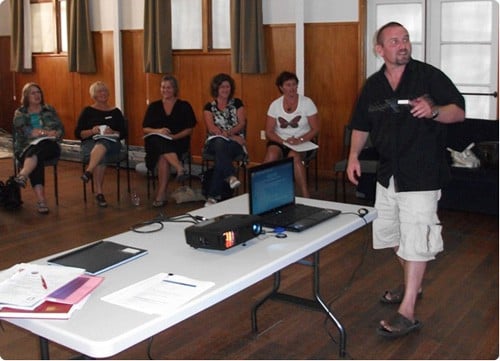Yet again the government has kicked the can of 80% early childhood education (ECE) teachers being qualified down the road.
In 2002 a 10-year government plan for ECE was released that included an intention to require 80 percent of teaching staff to be qualified by 2010, and 100 percent by 2012.
In 2017 Labour promised that should it win the election it would require at least 80 percent of teachers in ECE centres to be qualified teachers by the end of its first term in government.
In 2019 a new government plan for ECE, He taonga te tamaiti: Early Learning Action Plan included a commitment to require 80 percent qualified teachers in education and care centres.
But work on regulating for 80% qualified teachers was recently halted by Jan Tinetti, Minister of Education. Ministry of Education data indicated that “most services are well placed to comply with a new 80% requirement” (p. 12 Consultation on Tranche Two). Draft regulations were to be consulted on in April 2023, which would have been followed by the completion of changes to the Education (Early Childhood Services) Regulations 2008 within the Labour Party’s current term in government.
Dr Sarah Alexander, Chief Advisor to the Office of Early Childhood Education (OECE) said that kicking the can down the road again on 80% qualified teachers underlies why the sector is not flourishing even though NZ is spending more on ECE than ever before.
“Teacher training and qualification in early education and care is a key structural indicator of ECE service quality linked to better outcomes. The Ministry of Education and Government knows this and has acknowledged this but keeps failing to take action to ensure ECE qualified teachers are present with children at all times in centres. This is to the detriment of the quality of early learning environments in centres for children,” said Dr Alexander.
The OECE observed that the only safeguard ensuring at least one ECE qualified teacher was present in centres with children was the “person responsible” requirement. But in 2020 this safeguard was removed. Now a person who is qualified only to teach school-age children and work in a school setting can be the “person responsible” in an early childhood centre.
“The importance of an early childhood teaching qualification for staff in the teacher-to-child ratio in centres is not explicitly recognised but it needs to be,” said Dr Alexander.
“Action must be taken to guarantee that children always have teachers with them who have successfully completed specialist training in early childcare and education.
“This would provide assurance to parents and families that teaching staff will be ECE qualified teachers.”
“The pattern of behaviour from the government of repeatedly kicking the can down on the road on teacher qualification provides an incentive to centre owners not to boost hiring of early childhood education qualified teachers,” says Dr Alexander.
Is it important for Teachers to be ECE Qualified and What is the Evidence?
The OECE’s position is that it is essential for teachers in the teacher-to-child ratio in education and care centres to be ECE trained and qualified teachers.
International research shows that staff training in early childhood education and care is a key indicator of quality in ECE settings linked to improved child outcomes. NZ research shows that early childhood qualified teachers “differ in their practice from untrained educators in their ability to relate theory to practice … Their specialised pedagogical knowledge is also apparent. Interactions with children and the children’s family/whānau are more effective. Overall, the qualified teachers provide evidence of superior quality of practice.” (Meade et al., 2012)
The Office of the Children’s Commissioner (2011) inquiry into the standard of education and care of infants and toddlers found that “teachers understood the rationale for well-educated and knowledgeable staff that held early childhood qualifications and the necessary skills for working with infants and toddlers. Some reported examples of ECS that were reducing professional development for their staff and when qualified teachers left, they were being replaced by untrained staff” (p. 157). It recommended policies mitigate the risks that arise for infants and toddlers from their vulnerability and stage of development through ensuring they have staff who are knowledgeable and skilled in early childhood teaching.
Study for an ECE teaching qualification includes fieldwork placements in ECE settings and demonstration of knowledge and understanding on such things as infant and young children’s development; theories of early learning; ECE curriculum content, planning and delivery; fostering partnership with parents, family and whānau; language acquisition; encouraging development of positive pro-social behaviours; team-teaching; and ECE regulations and requirements.
If centres are funded for 80% is there a need to regulate for 80%?
Funding is not a regulation – funding rules are set by the Ministry of Education – not in legislation by Government. The Ministry is currently reviewing the funding system – and who knows if separate funding rates for percentage of qualified teachers will still exist in whatever new funding system. Issues include:
- The 80% qualified teachers funding actually allows centres to include teachers who are not ECE qualified – teachers can be qualified school teachers for the purpose of centre funding for 80%.
- Centres are given discretionary hours so they can still get the funding rates for 80% qualified with less than 80% qualified teachers for whatever discretionary number of hours the ministry sets for the 4-month funding period.
- Centres still get the funding rate for teacher tea breaks (under 15 mins) when an unqualified teacher might replace a qualified teacher.
What is the law currently?
The law currently allows teacher-led centres to have no ECE trained teachers with children, for at least part of the day.
This is because regulations for the person responsible were changed to remove the requirement for the person responsible for supervising the care and education provided to children needs to be ECE trained and qualified. The Minister of Education in 2019 promised Cabinet that allowing people who were not ECE trained but were trained to teach the primary school curriculum in a school setting with older children to be a Person Responsible in an ECE centre would be a temporary allowance only.
Centres are required to employ or show they have engaged 50% ECE qualified teachers, this is an on-paper requirement only for the purpose of licensing the service as being teacher-led – it is not about what hours staff are working and who is working with the children. Did you know that that the 50% requirement for qualified staff for the purpose of the centre licence allows for one of the adults counted in the 50% not to actually hold a qualification but still in be in training and an adult can also be employed to work at 2 different services and count within the 50% requirement for both services?
2021 Consultation
The ministry formulated three options for regulating for 80% qualified and certificated teachers. The problems with these were, first that it sought to align what it did for funding with qualification standards in the Regulations and second that it would allow non-ECE trained people to count for the purpose of regulating the percentage of qualified teachers.
Option 1: Regulate for centres to employ 50% ECE teachers and 30% teachers who may be primary or ECE measured against the number of child places and ages the centre is licensed for. (This does not guarantee that an ECE qualified will be present when children are attending because of a regulation change which now allows the Person Responsible to be primary teacher qualified.)
Option 2: Regulate for 80% ‘teachers’ who may all be primary school trained, in centres on average over a 4-month period.
Option 3: Option 1 plus at least 50% of adults in the minimum adult:child ratio must be ECE qualified and certificated. (This will guarantee every centre will have at least one ECE qualified when children are attending)
April 12, 2023.
Article last updated 17/08/2023.


